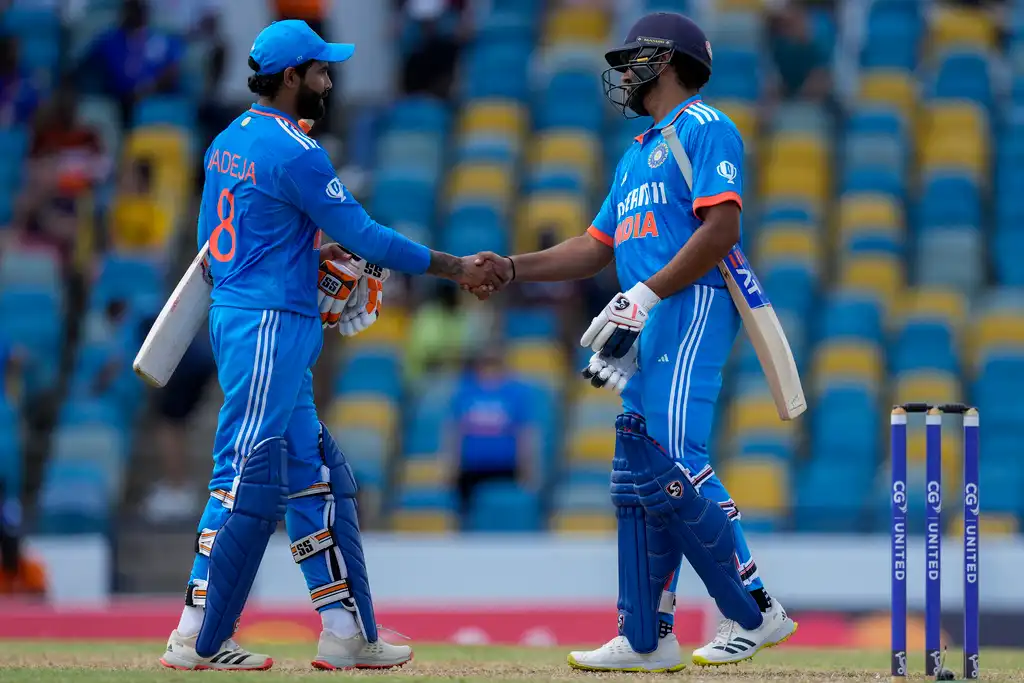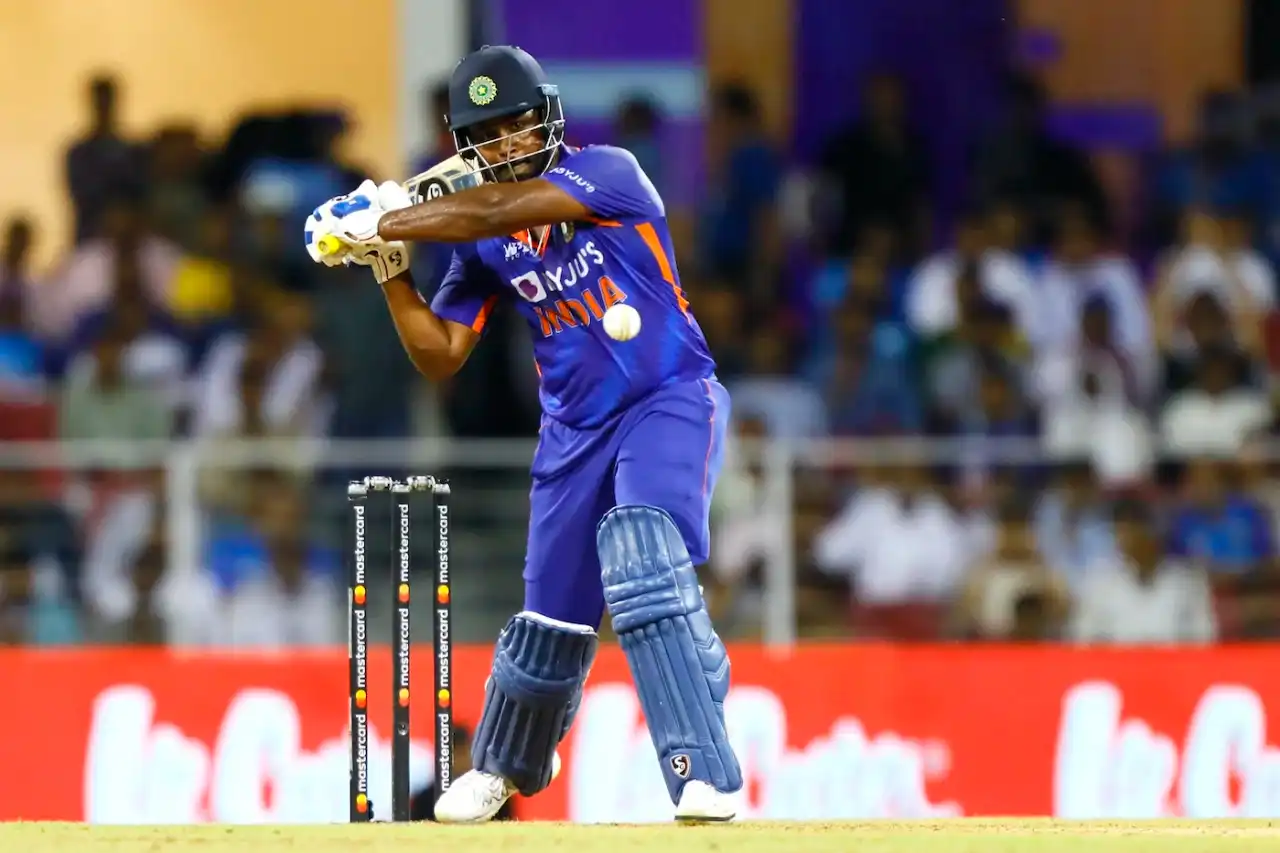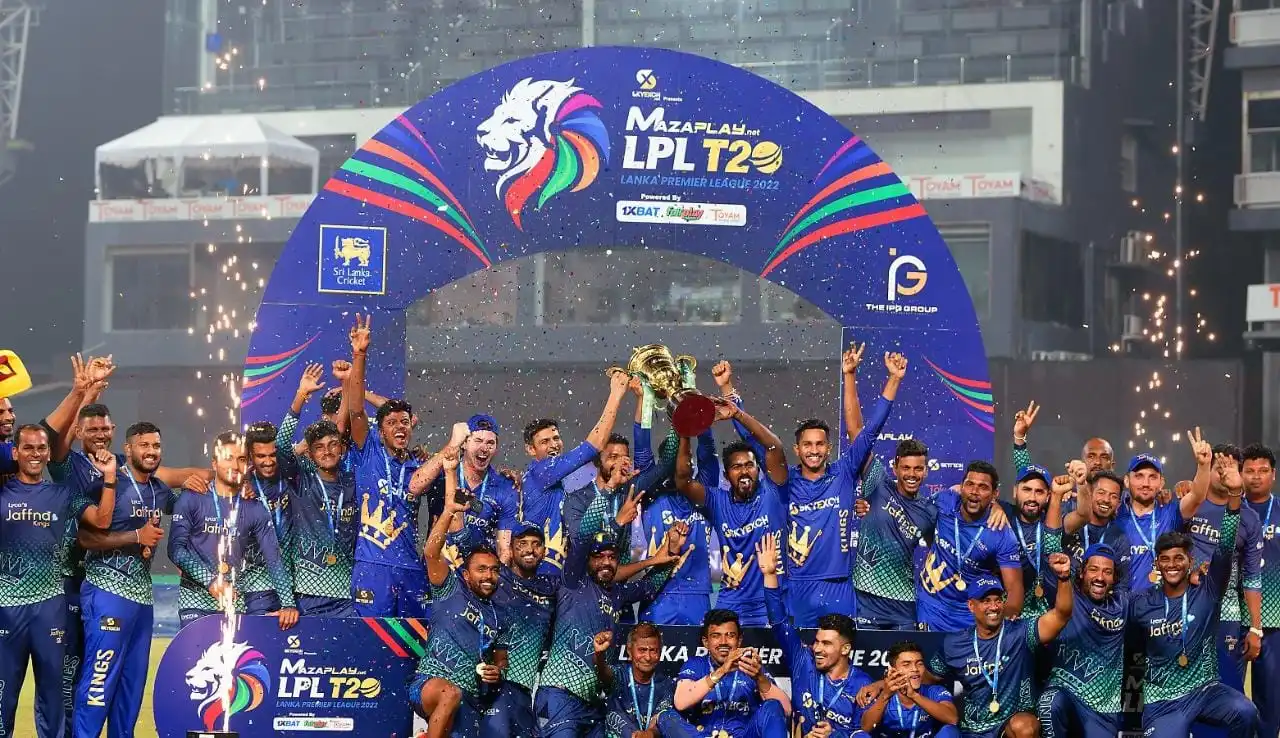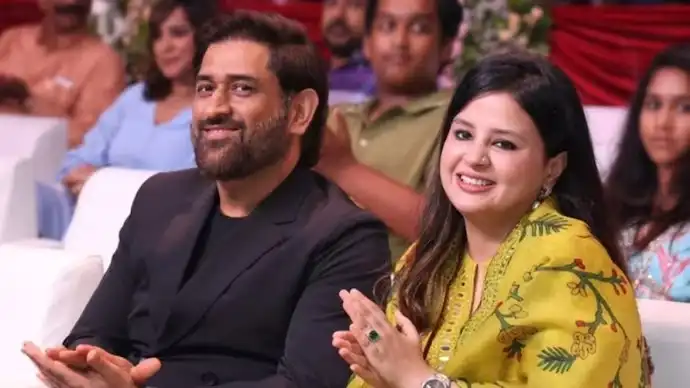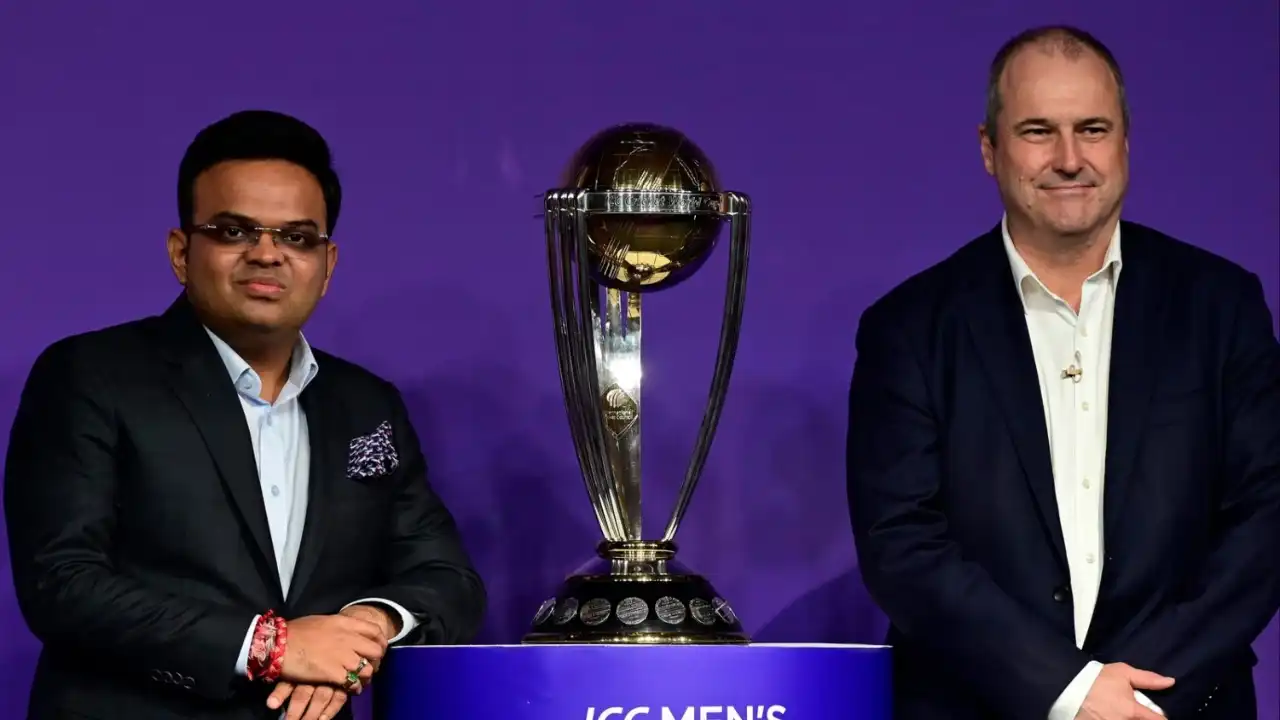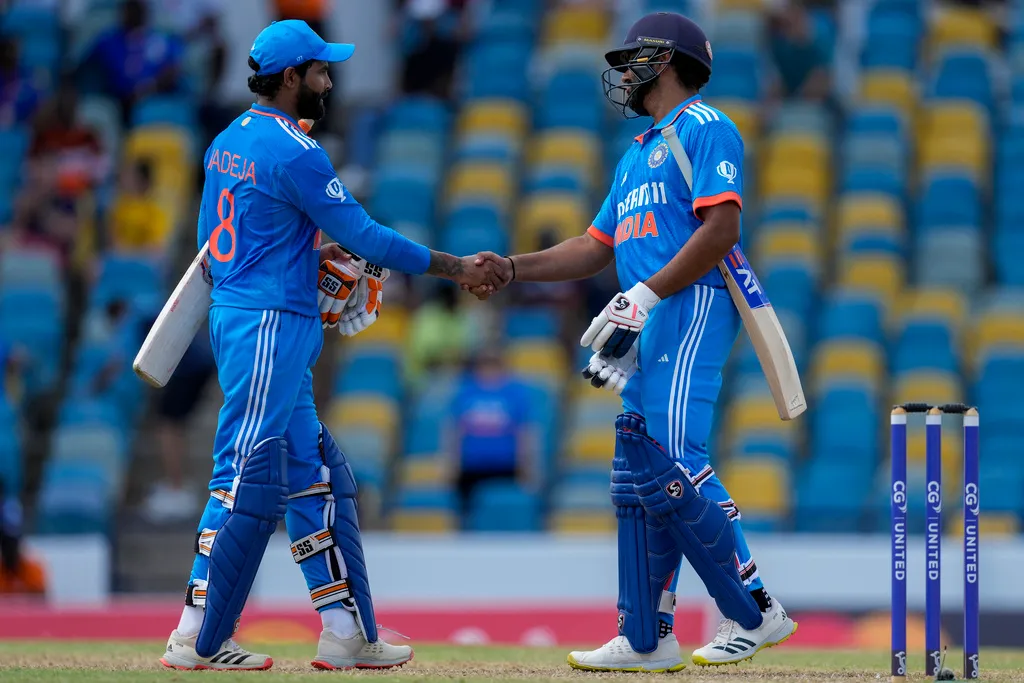 Ravindra Jadeja and Rohit Sharma are key players for India in World Cup 2023 (AP Photo)
Ravindra Jadeja and Rohit Sharma are key players for India in World Cup 2023 (AP Photo)
India, a country with billions of cricket crazy fans, has grown by leaps and bounds over the last couple of decades and is now fondly called as the superpower of world cricket. The BCCI, the governing body that runs the sport in the country, is the richest in the game and is set to earn around 40 percent of the ICC's annual net earnings in the next commercial cycle from 2024 to 2027. It also runs the most competitive and lucrative T20 league in the world, which has created a benchmark for the rest of the world to follow.
So, all these things look pretty fascinating, and it seems from the face value that there is no one around who can challenge India at the moment. However, amidst all the hype, there seems to be a sense of pessimism among the common cricket fans of the country, and something seems to be missing in this grand and decorated CV of the Indian cricket team.
India have not won a single ICC trophy since the Champions Trophy 2013, but we all know that, and there is nothing new about it. Honestly, winning the ICC trophies is not and should not be the only criteria to judge a team. However, what we can question here is the process Indian cricket is following, especially after the 2017 Champions Trophy loss, and how that process has culminated into some heartbreaking results in the ICC events.
There have been some pretty confusing decisions taken by the Indian team management in the last six years or so, and we saw more of the same in the first ODI against the West Indies. So, let's try to analyze some of these issues now.
World Cup 2019 To World Cup 2023 - The Journey Has Come A Full Circle
When India lost the 2017 Champions Trophy, India axed Yuvraj Singh, India's second highest run-getter at the number 4 position, and started looking for other options. The journey started with Manish Pandey, and he got a brilliant century in Sydney as well but was dropped after few failures. Rayudu was then touted as India's number 4 for World Cup 2019, but Indian selectors came up with a 3D plan in the form of Vijay Shankar for World Cup, and it turned out to be one of the biggest blunders in Indian cricket history, which resulted in India crashing out in the semifinal of the 2019 World Cup.
Four years down the line, India are still struggling to find the number 4 batter, largely because no one has been given consistent chances at that position. Shreyas Iyer seemed to be the best candidate some months ago, but his fitness is an issue, and India seemed to be short of ideas and planning again for that esteemed number 4 position. India have tried out 15 different players at number 4 since 2017, which is evident of the instability in the Indian middle order over the last six years.
Role Clarity Or Flexibility - What Is Important?
Role clarity and flexibility - these two words have been the talk of the town for quite a few years now when it comes to team building. Team India's current coach, Rahul Dravid, has emphasized time and again that they want to be flexible in their approach and that everyone in the XI should be able to bat at any position if the need arises.
However, India seems to have taken the euphoria for flexibility to a level that has created quite a selection circus. The role clarity that has been an integral part of almost every successful ODI team in the past has been largely missing in the Indian team since 2017 in white-ball formats.
There have been startling decisions in the midst of important World Cup games, that includes decisions like MSD batting at 7 in the 2019 World Cup semifinal. Ishan Kishan was suddenly promoted to the top of the order in place of Rohit Sharma for the New Zealand game after the loss to Pakistan in the 2021 T20 World Cup, which clearly showed a lack of clarity and stability in the plans of the team management.
The same circle of confusion was seen in the preparation of the 2022 T20 World Cup. Rohit Sharma emphasized on aggressive approach in T20 cricket for almost a year leading up to the World Cup and even decided to play Ashwin over Chahal in the XI to strengthen the batting line-up. However, in a crunch semifinal, Indian batters just went into their shell and scored only 38 runs in the Powerplay despite losing only one wicket. India went onto score only 168, and that was nailed down by brutal English openers in just 16 overs, leaving India high and dry.
The point here is not to criticize the selection or changes in the batting order in terms of any specific player, but the issue here is the lack of clarity in planning, and India just seems to hit the panic button under pressure.
World Cup In Sight - Lessons To Learn
Indian cricket team has been trying a whole lot of players and the Indian skipper along with team management keep emphasising on the need to try out all players. However, what has been lacking is an understanding of the required skill set for a particular position and selection of players for that particular role.
Also, when a player is selected for a particular position and for a specific entry point, he needs to be given ample opportunity and games under his belt at that position itself to stimulate the match conditions for a big crunch game.
This is something that has been clearly lacking in the last few years, and we have seen some dramatic collapses recently in the ODI format against Australia and Bangladesh. In the Australia series, India tried Suryakumar Yadav at the number 4 position in the first two ODIs, and when he failed, KL Rahul was promoted to number 4 for the final game, creating more confusion as Rahul has been playing consistently at number 5 in ODIs for almost 2-3 years now.
In the current Windies series too, the number 4 and number 5 positions were up for grabs in the first ODI. India went with Ishan Kishan and Suryakumar Yadav over Sanju Samson, but Ishan ended up batting as an opener and SKY at number 3, positions that are already locked for the World Cup.
The first ODI surely did not give any answers to the critical middle order conundrum and it is high time Indian management get their house in order before it all ends in a heartbreak after yet another ICC event.
